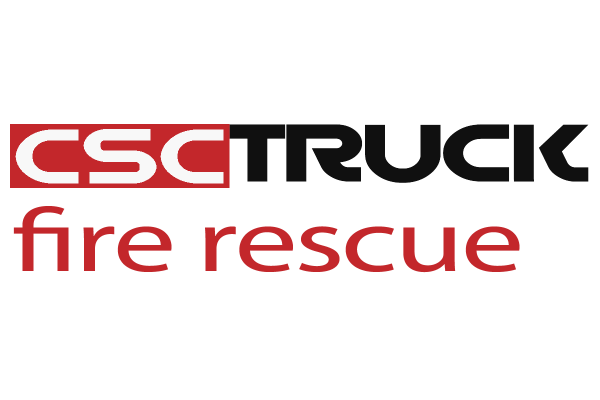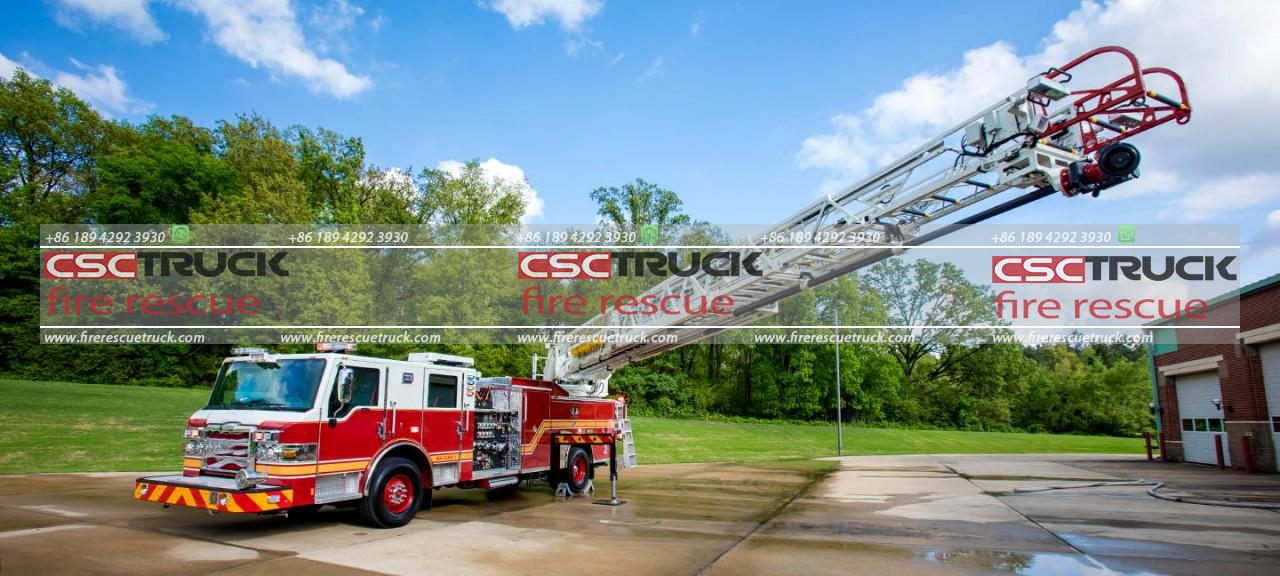▎Red Paint – Higher Recognition
Why are fire trucks usually painted red? As it turns out, most fire trucks around the world use red paint for 2 main reasons: First, red is a symbolic and representative color. Second, red is highly visible and easy to spot from a distance, especially in complex environments, making the vehicle easier to recognize quickly.
▎Wide Door Opening – Easy Access for Firefighters
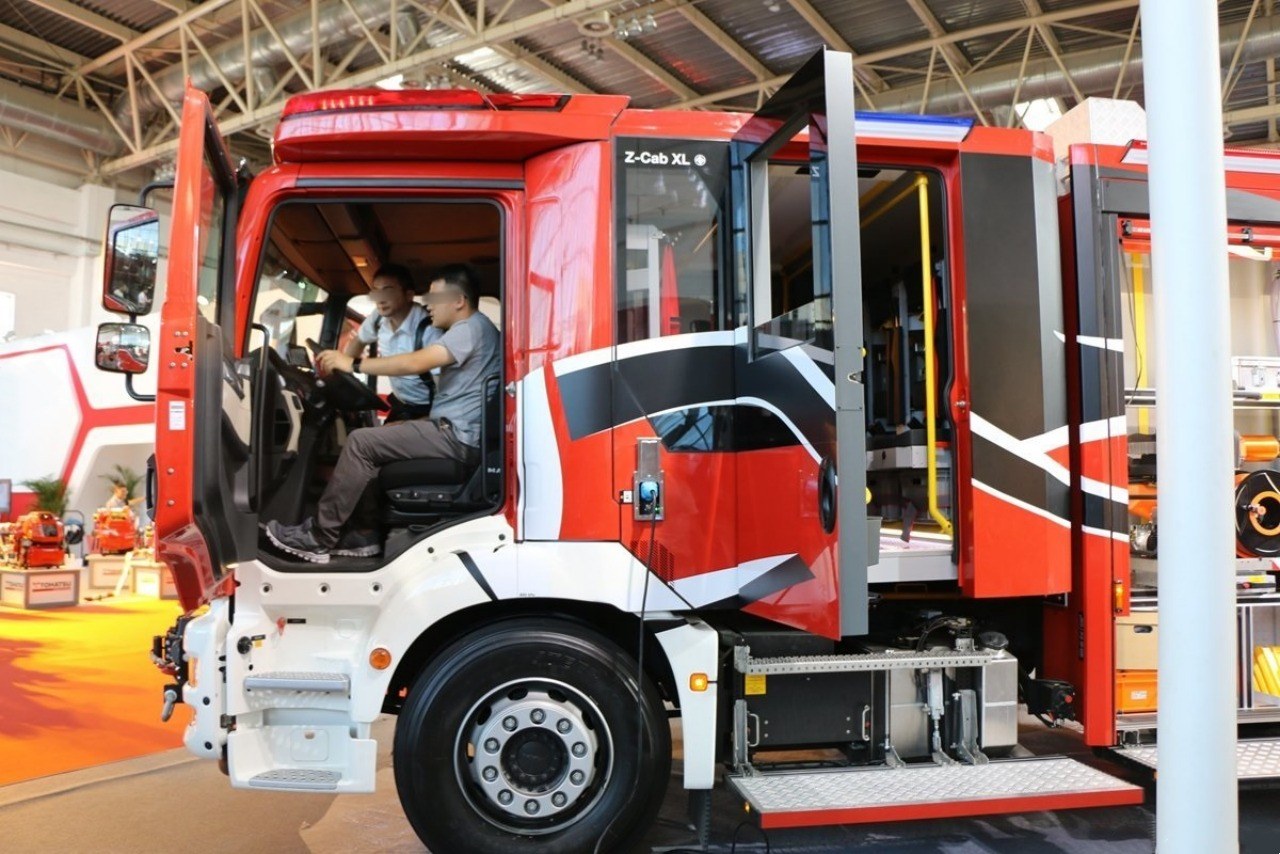
The doors of all fire truck cabs open to about 90 degrees and are equipped with handrails and steps, making it very convenient to get in and out. This design allows firefighters to board and exit quickly, saving valuable time during emergencies.
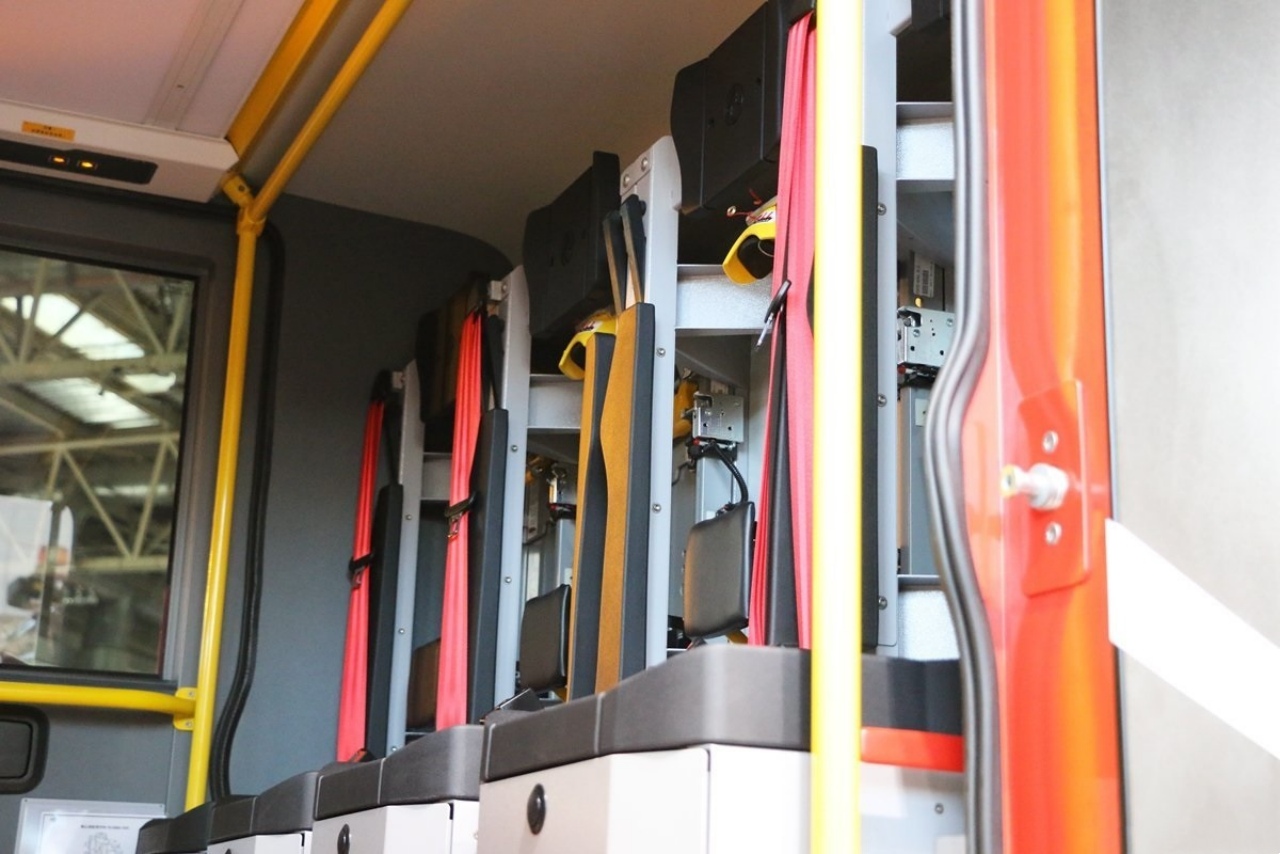
In most emergencies, firefighters wear self-contained breathing apparatuses (SCBAs). If the door opening is too narrow, it can hinder their movement and delay the rescue operation. Additionally, fire truck seats are designed with hollow sections to accommodate the SCBAs directly in the middle of the seat.
▎Enhanced Cab Sealing – Prevent Harmful Gases from Entering
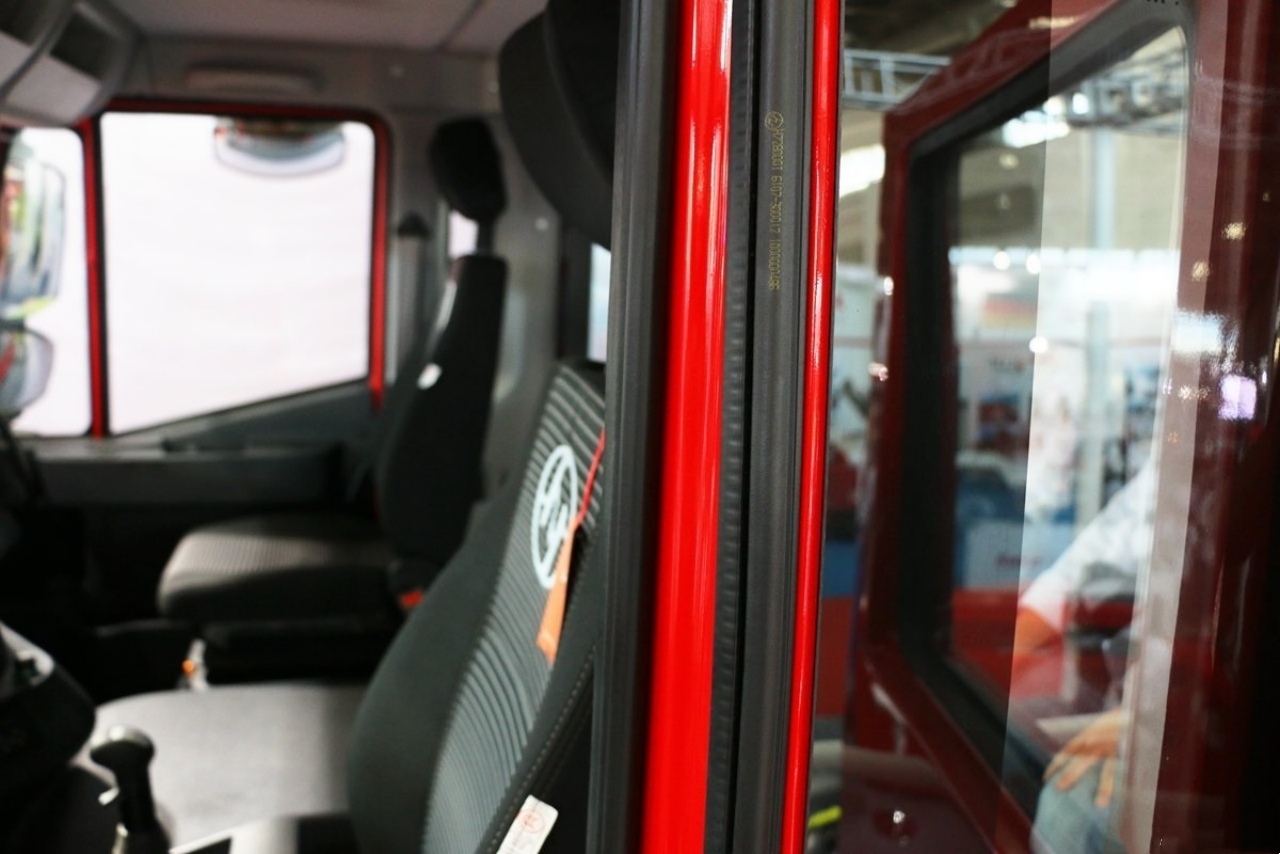
Compared to regular trucks, fire trucks have better cab sealing. Most fire truck cabs use double-layer weather stripping to improve the seal and prevent toxic gases from entering the cab and potentially poisoning the firefighters.
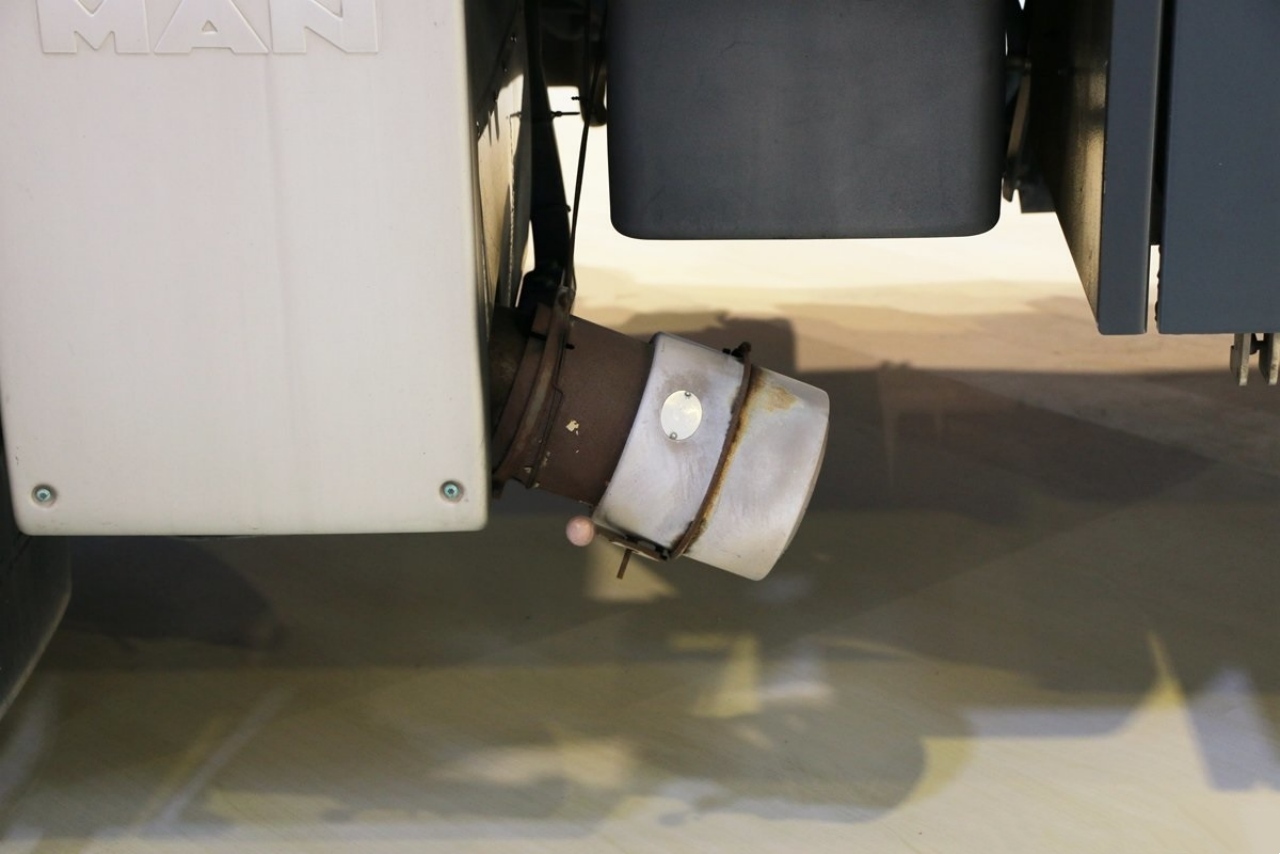
The exhaust pipe is also fitted with a flame arrester.
Moreover, some fire trucks have heat insulation treatments for the cab, because once the vehicle enters a fire scene, it may be exposed to high temperatures. Without proper insulation, firefighters could suffer from heatstroke inside the cab. The chassis pipelines are also upgraded with heat-resistant protection to prevent high temperatures from damaging the lines and affecting the truck’s performance.
▎Added Fluid Cooling Systems and Full-Power PTO
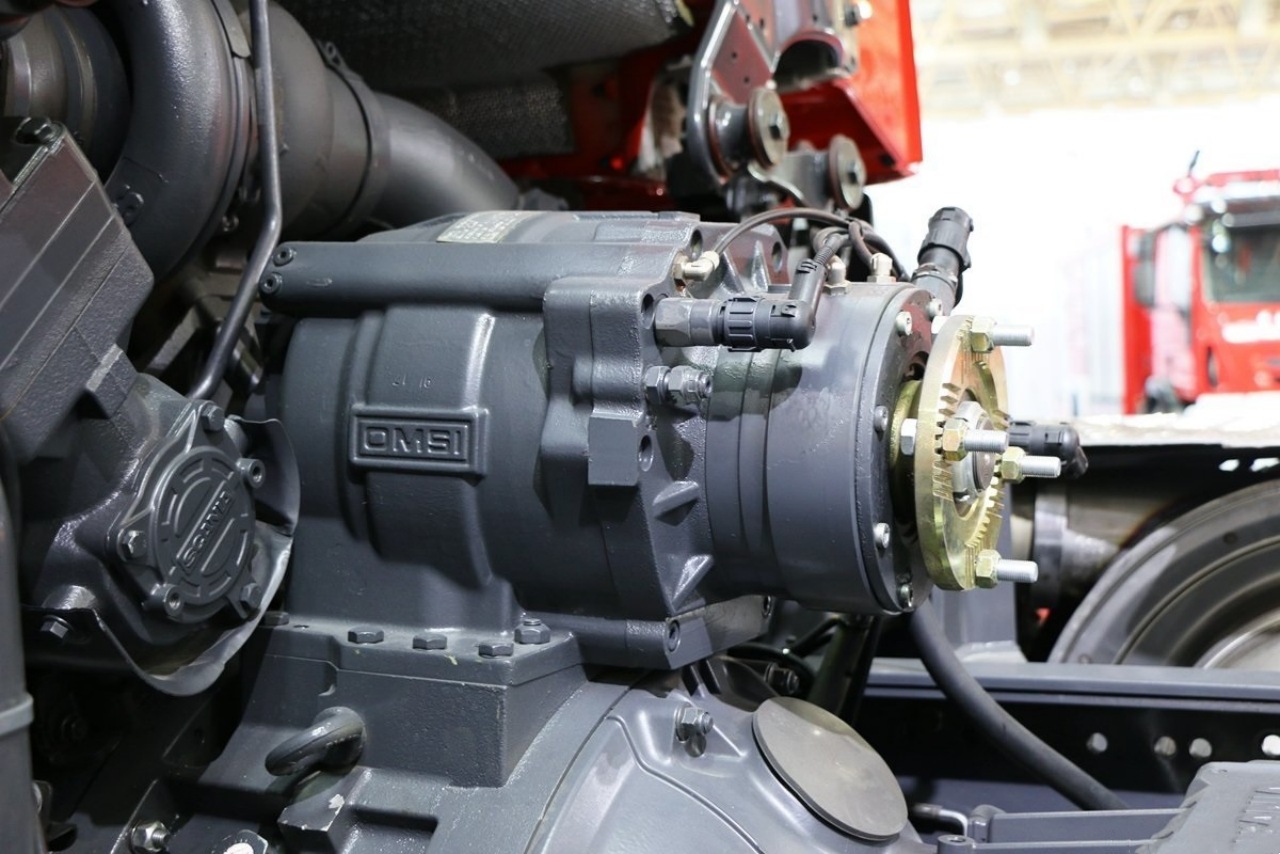
A 620-horsepower heavy-duty foam water tanker fire truck and 2 P-series main battle fire trucks from Scania drew attention, not only for their standard configurations but also for several special features.
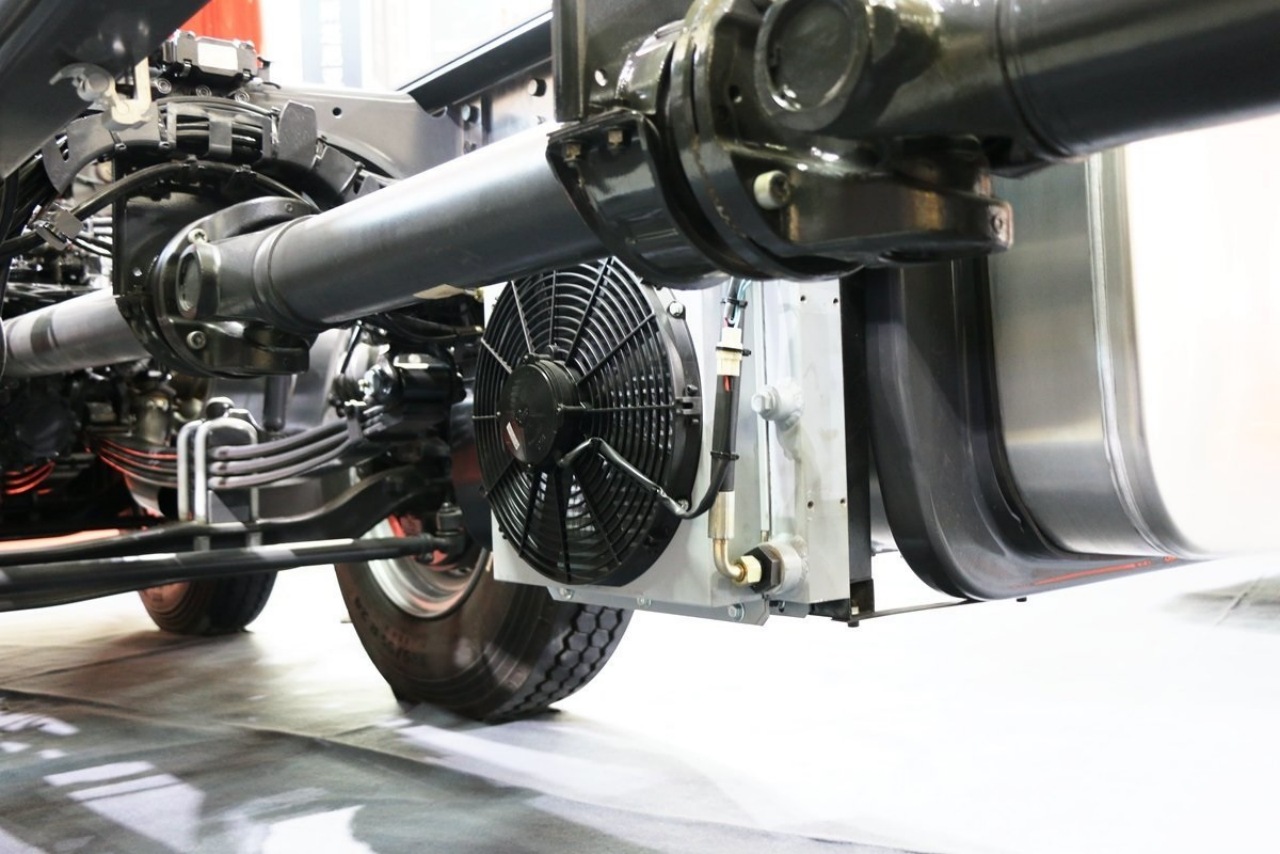
The 620-horsepower foam tanker is equipped with a full-power power take-off (PTO) system, allowing the engine to directly drive the PTO for an uninterrupted water supply. It also includes a cooling system for the PTO to prevent overheating of the hydraulic fluid, which could otherwise reduce work efficiency.
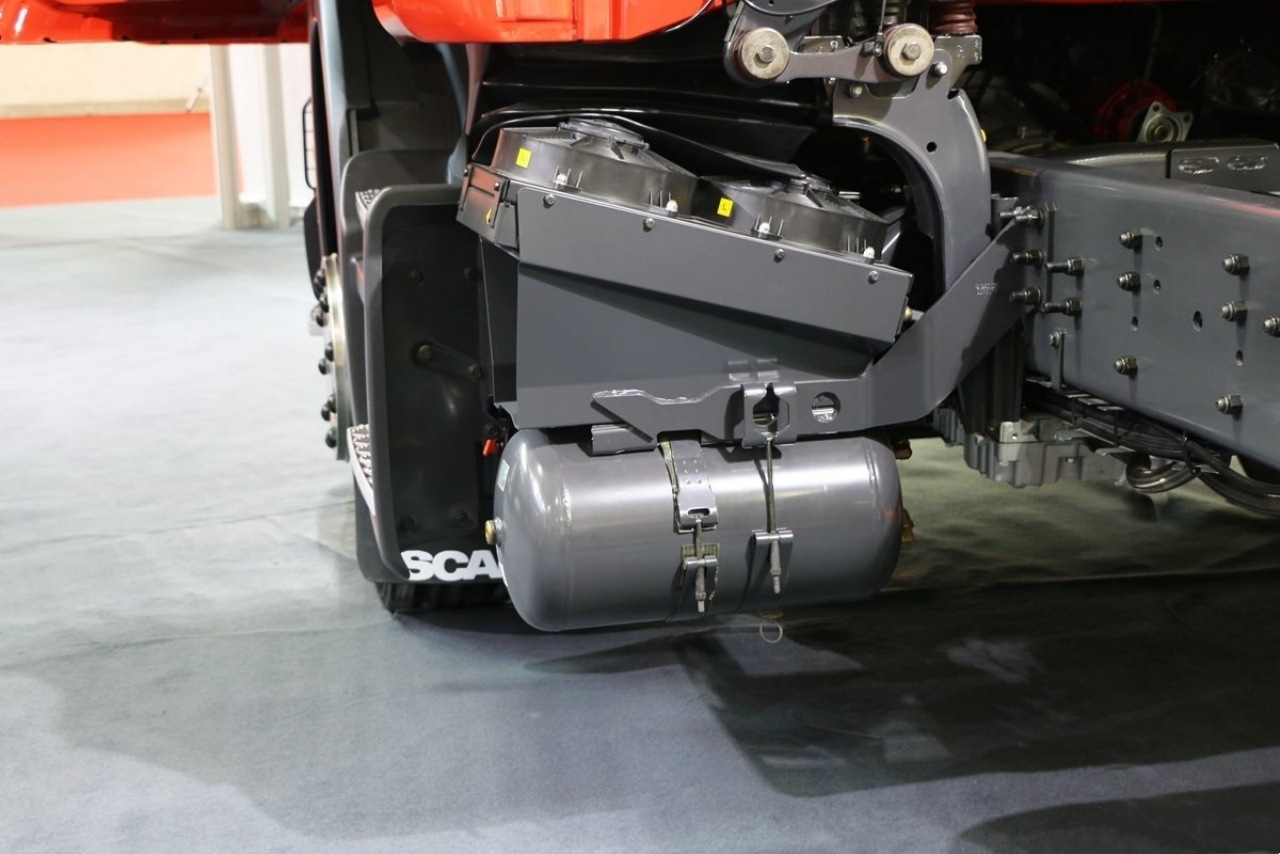
Considering the harsh working conditions of fire trucks, Scania also fitted a radiator to the diesel tank. This ensures that even after long hours of operation or in high-temperature environments, the diesel fuel doesn’t overheat—effectively reducing the risk of accidents.
From a configuration standpoint, the components used in fire trucks are generally the same as those found in ordinary cargo trucks. However, they have been upgraded and optimized to suit the demanding environment and specific operational needs of firefighting.
